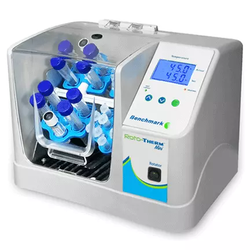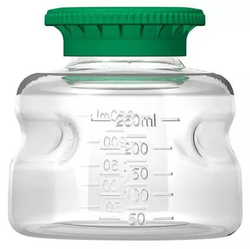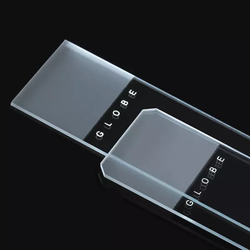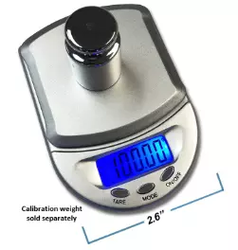Sterlitech™ Silver Membranes can be used for a wide variety of industrial hygiene, OSHA and laboratory applications.
Analytical
- X-ray diffraction (XRD); silver metal membranes make excellent substrates for XRD analysis - silver purity 99.97% -- smooth surface, grayish-white color; highly reflective surface; absolute surface retention; low background noise; distinct diffraction peaks.
- Scanning Electron Microscopy (EM); smooth; electrically conductive; extremely thin membrane 50 µm; easy sample preparation.
Gas
- Air-borne contaminants - National Institute for Occupational Safety and Health (NIOSH) - used for industrial hygiene in foundries, glass plants, quarries, mines, ceramic manufacturing - Methods using 0.45 µm, 25 mm:
- N6011 (Bromine and Chlorine)
- N7500 (Silica, Crystalline)
- N7501 (Silica, Amorphous)
- OSHA ID142 (Quartz and Cristobalite in Workplace Atmospheres)
- N7504 (Vanadium Oxide)
- N7505 (Lead Sulfide)
- N7506 (Boron Carbide)
- N9000 (Asbestos, Crysotile)
- Respirable Combustible Dust (RCD) sampling and analysis - 0.8 µm, 25 mm, mines - measurement of diesel particulate matter, evaporated hydraulic fluids, fuel oils, and compressed air lubricants by weighing and ashing.
- Dopant gases for semiconductor manufacturing.
- Steam, or air sterilization, autoclavable
- Venting, high temperatures
Liquid
- Clarification (3.0-5.0 µm); Polishing (1.2 µm); Sterilization (0.2-0.8 µm)
- Intrinsically Bacteriostatic - Silver does not allow the growth of bacteria and other microorganisms.
- High-Performance Liquid Chromatography (HPLC) for a clearer; steadier baseline - may rule out interference from other sources of HPLC solvents (0.2, 0.45, and 0.8 &micor;m); tolerates high temperatures; gases and aggressive liquids -- Tetrahydrofuran (THF)
Viscous Fluid
- Organic Carbon, inorganic, and suspended-sediment water - 0.45 µm, 47 mm, used by U.S. Geological Survey (USGS)
- Lubrication oils for servomechanisms and precision instruments
- Direct-line Applications with a Sprayer
- High-purity fluids in semiconductor applications
Other Industrial
- Chlorine Monitoring - Pulp and Paper Industry, disinfection; removal of tin and zinc in iron; chlorinating hydrocarbons; manufacturing synthetic rubber, plastics, pesticides, refrigerants; treating water and sewage
- Electronics Industry - filter coolants, cleaning fluids, sterile air
- Aircraft/Missile Fuels; critical fluids - resists alcohols, fuels, hydrocarbons, polyaromatic hydrocarbons (PAH), oils, alkalies, ethers
- OSHA - coal tar pitch volatiles, 0.8 µm, 47 mm and 37 mm
- Cold Sterilization (beverages, beer) - absolute particle-retention due to precise pore size
- Soil and clay analysis
- Fly Ash Sampling; Energy Research and Development Agency (ERDA)
- Bacteria Sampling



